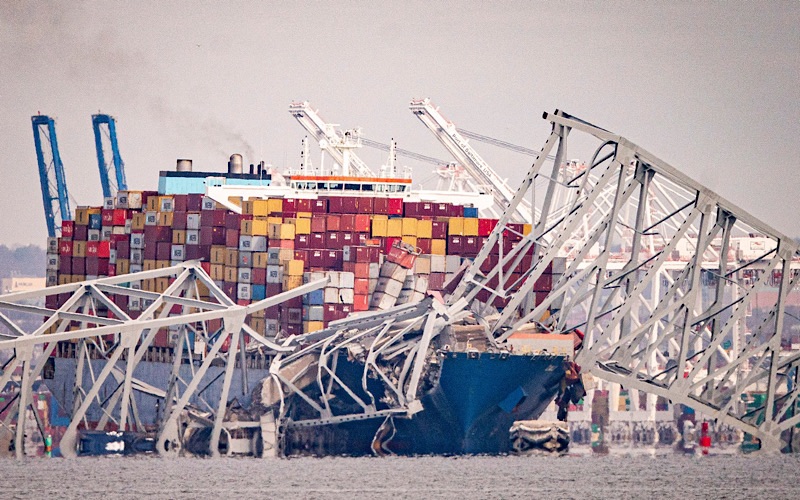Design flaws, insufficient maintenance, or unforeseen accidents can all lead to catastrophic bridge failures. We delve into eight of the most significant bridge collapses in history.
Many bridges stand as iconic landmarks and marvels of engineering, such as London Bridge, Brooklyn Bridge, and San Francisco’s renowned Golden Gate Bridge. Yet, even the most remarkable bridges can succumb to catastrophe. Continue reading to discover eight accounts of significant bridge collapses, from the Victorian era to the present.
8. Sunshine Skyway Bridge, Florida, USA (1980)
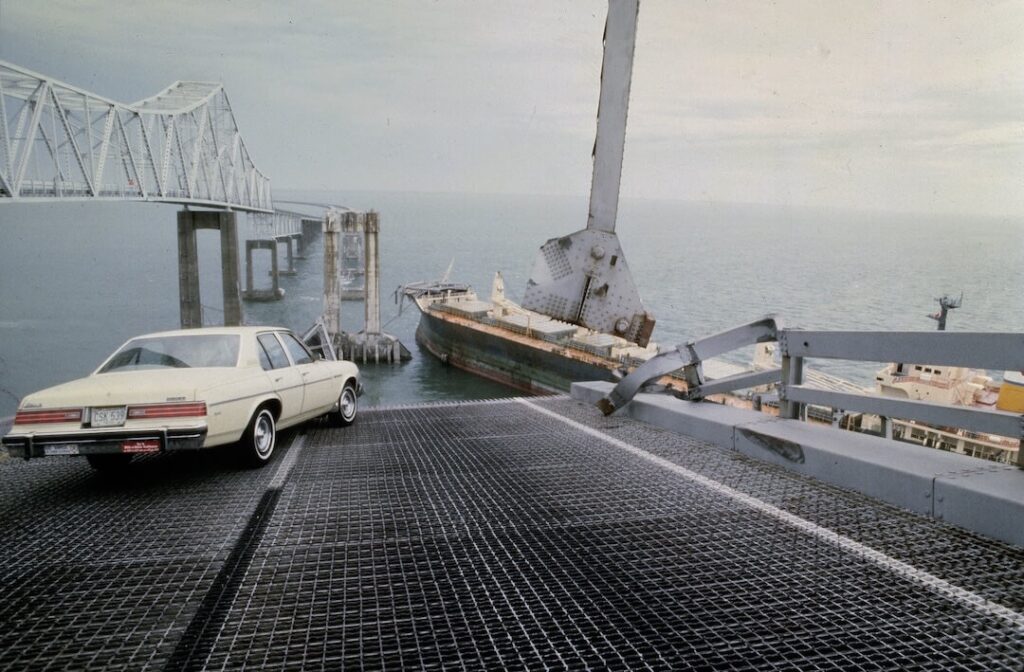
For many Americans, the collapse of the Francis Scott Key Bridge following a boat collision brought back memories of a similar tragedy – the collapse of the Sunshine Skyway Bridge in Tampa Bay, Florida. In 1980, an abrupt and disorienting storm led a ship to crash into one of the bridge’s piers, causing a section of the bridge to fall. The storm’s intensity made it impossible for drivers to see that the bridge was no longer intact. Thirty-five people lost their lives in the incident. The bridge was later reconstructed with significantly enhanced protections around its piers.
7. Québec Bridge, Québec, Canada (1907 and 1916)
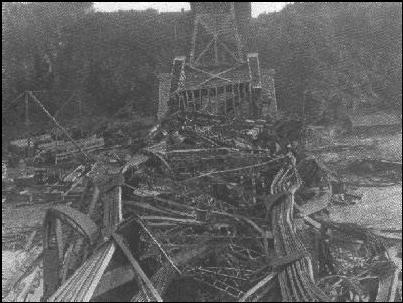
The Québec Bridge, spanning the St. Lawrence River, first collapsed in 1907 during its construction. Workers had noticed that parts of the bridge’s steel framework were bending under stress, yet the construction company did not act promptly on these warnings, resulting in the deaths of 76 workers.
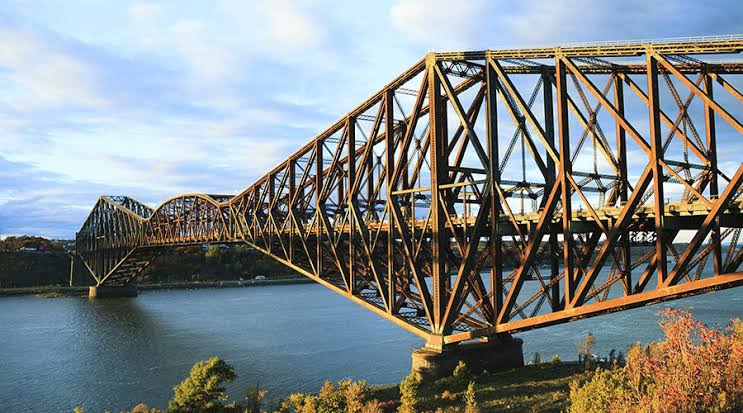
An enhanced design was subsequently developed, and construction resumed in 1913. However, the bridge suffered another collapse in 1916, this time due to faulty construction equipment, claiming the lives of 13 workers. Despite these setbacks, the bridge was finally completed in 1917 and remains in use, carrying Canada’s trains and cars to this day.
6. ‘Galloping Gertie’ Tacoma Narrows Bridge, Washington, USA (1940)
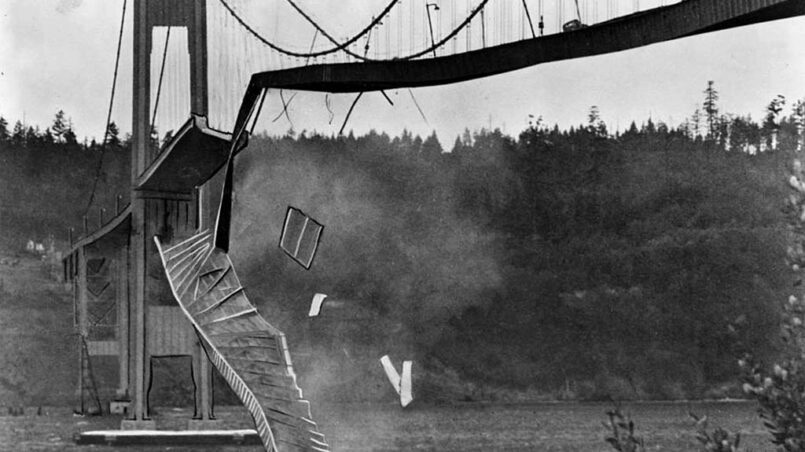
The Tacoma Narrows Bridge, spanning the Tacoma Narrows strait, earned the nickname ‘Galloping Gertie’ from its construction workers due to its pronounced swaying in the wind. In 1940, the same year it opened, the bridge collapsed due to its excessive flexibility, which caused it to twist and oscillate increasingly—even under mild wind conditions.
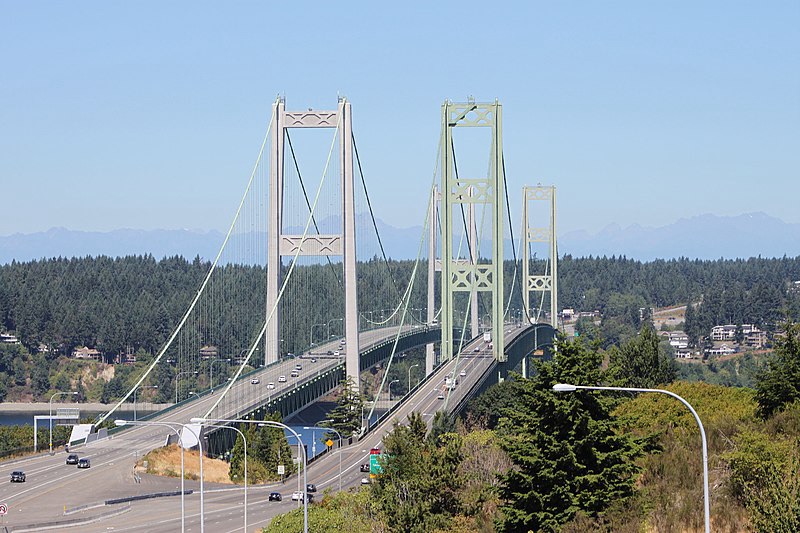
Fortunately, there were no fatalities, as the bridge had been closed at the time of the collapse. The failure of Galloping Gertie highlighted to engineers the critical importance of accounting for aerodynamic forces on bridges, a consideration that had previously been overlooked.
5. Mississippi River Bridge, Minnesota, USA (2007)
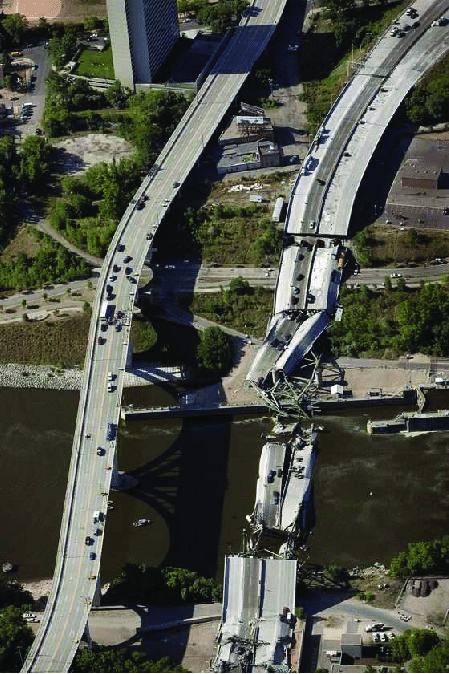
Constructed in 1967, the Mississippi River Bridge in Minneapolis, Minnesota, spanned the Mississippi River and supported traffic on Interstate 35 West. In August 2007, the bridge tragically collapsed during rush hour, resulting in 145 injuries and 13 fatalities.
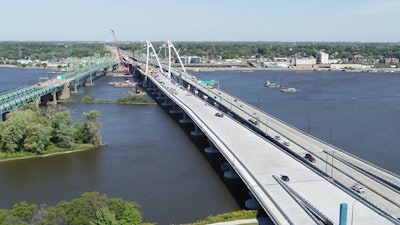
The collapse was ultimately attributed to a design flaw and the additional weight from maintenance crews working on the bridge at the time. Notably, the bridge had been in a state of disrepair for some time prior to the collapse, which ignited a nationwide discussion on the state of infrastructure maintenance in the USA.
4. Great Yarmouth Suspension Bridge, Great Yarmouth, UK (1845)
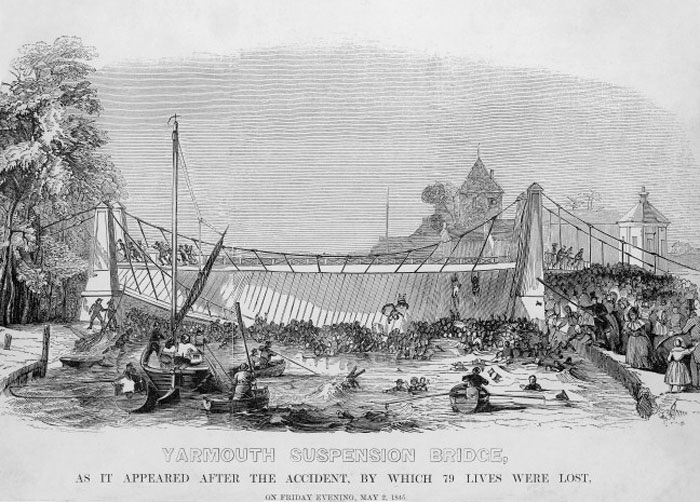
The disaster at the suspension bridge over the River Bure in Great Yarmouth was particularly heartbreaking due to the high number of children who perished. In 1845, a crowd of children and adults assembled on the Great Yarmouth Suspension Bridge to watch a clown navigating the river in a washing tub. Unfortunately, the bridge could not support the weight of the densely packed spectators. Its collapse resulted in the deaths of 79 individuals, 59 of whom were children.
3. Silver Bridge, West Virginia and Ohio, USA (1967)
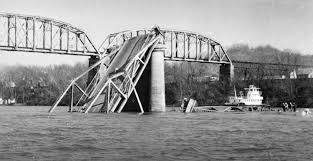
The Silver Bridge, opened in 1928, was a unique suspension bridge connecting Ohio and West Virginia across the Ohio River. Unlike typical suspension bridges that use steel cables, the Silver Bridge was constructed with eyebar chains made from straight metal bars linked by holes at each end.
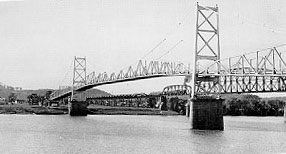
In 1967, a catastrophic failure occurred when one of these chains broke, leading to the bridge’s collapse and the tragic loss of 46 lives. The issue was not the eyebar chains themselves, but rather the bridge’s design, which left it critically vulnerable to failure from a single broken chain.
2. Ponte Morandi, Genoa, Italy (2018)

The Morandi Bridge, also known as Ponte Morandi, in Genoa was notable for its time, particularly because it utilized more concrete in its construction than steel. Opened in 1967, the bridge ultimately did not withstand the test of time, experiencing significant corrosion and other structural issues. In 2018, the Morandi Bridge tragically collapsed, leading to 43 fatalities. Later, an executive from the company responsible for the bridge’s maintenance expressed regret over not addressing its worsening condition adequately.
1. Francis Scott Key Bridge, Maryland, USA (2024)
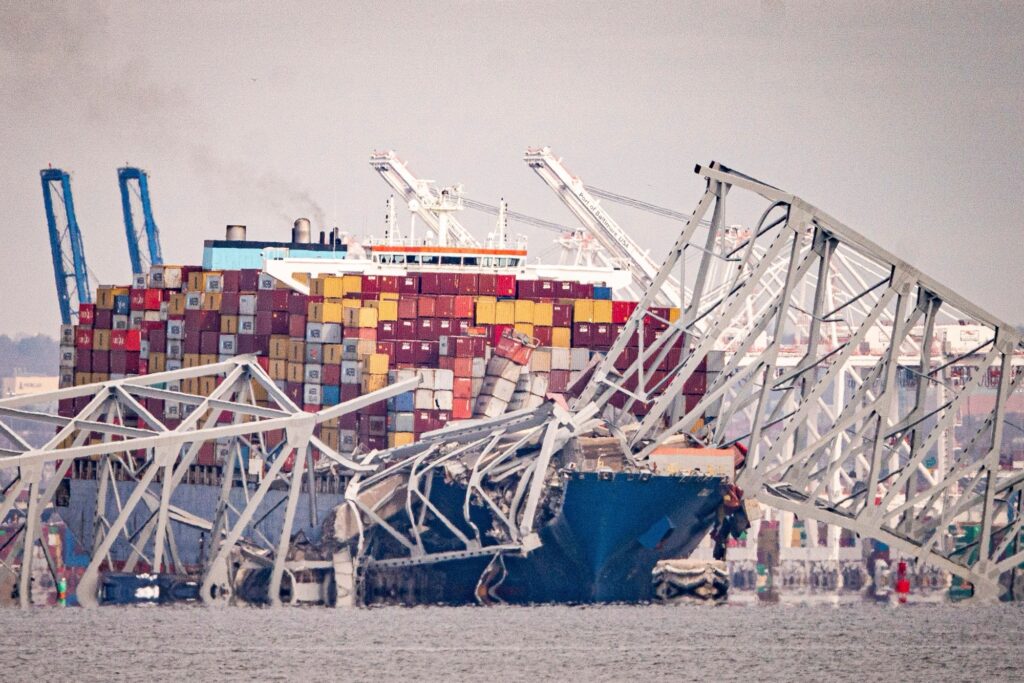
Named after the poet whose verses form the U.S. national anthem, Baltimore’s Francis Scott Key Bridge crossed the Patapsco River near the Port of Baltimore. In March 2024, a significant incident occurred when a large cargo ship traveling underneath lost power and steering, subsequently colliding with one of the bridge’s piers. This led to the complete collapse of the bridge, tragically resulting in the death of six construction workers who were on the bridge at the time. Authorities managed to prevent additional casualties by promptly halting traffic on the bridge following the ship’s distress signal.
